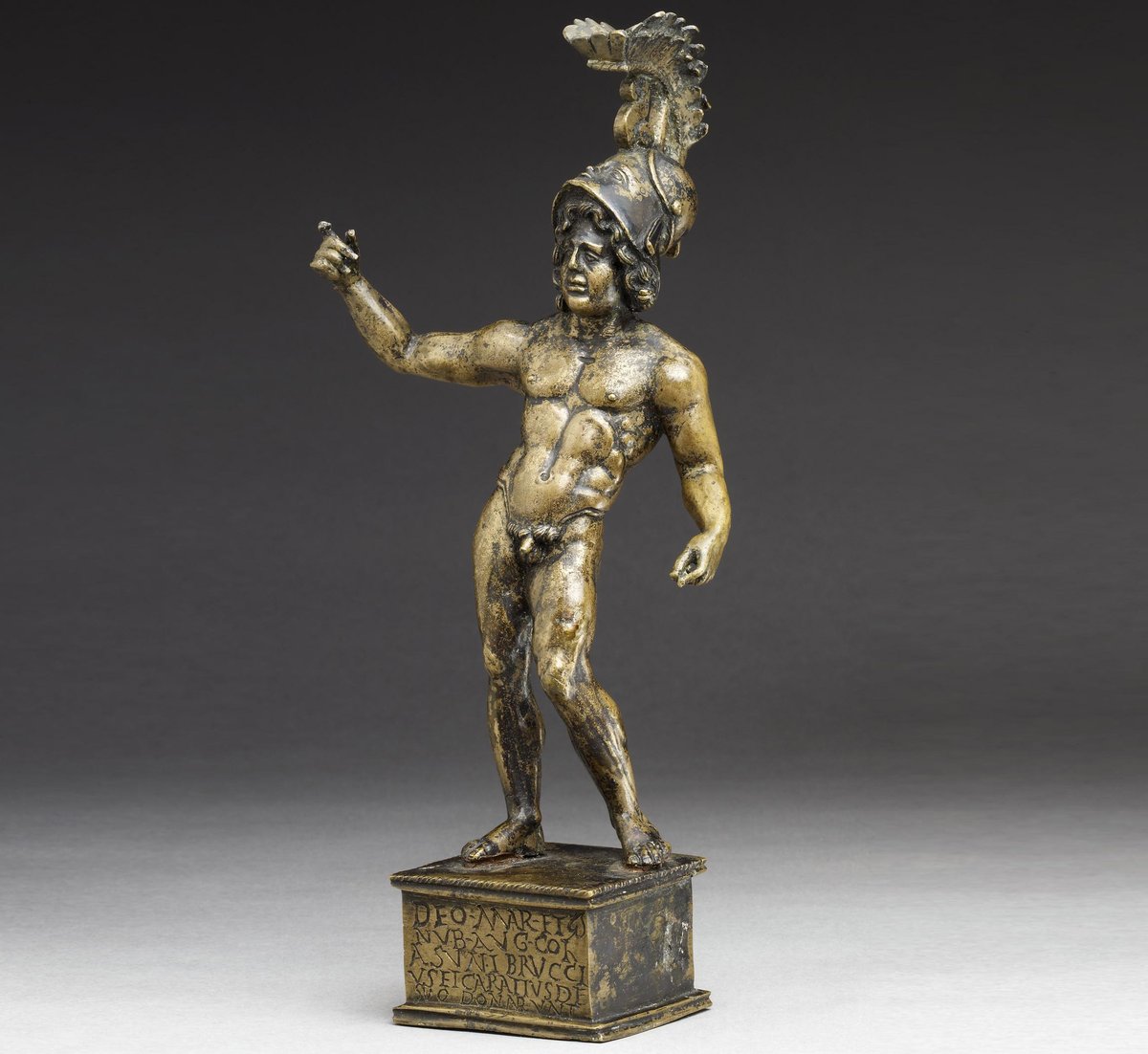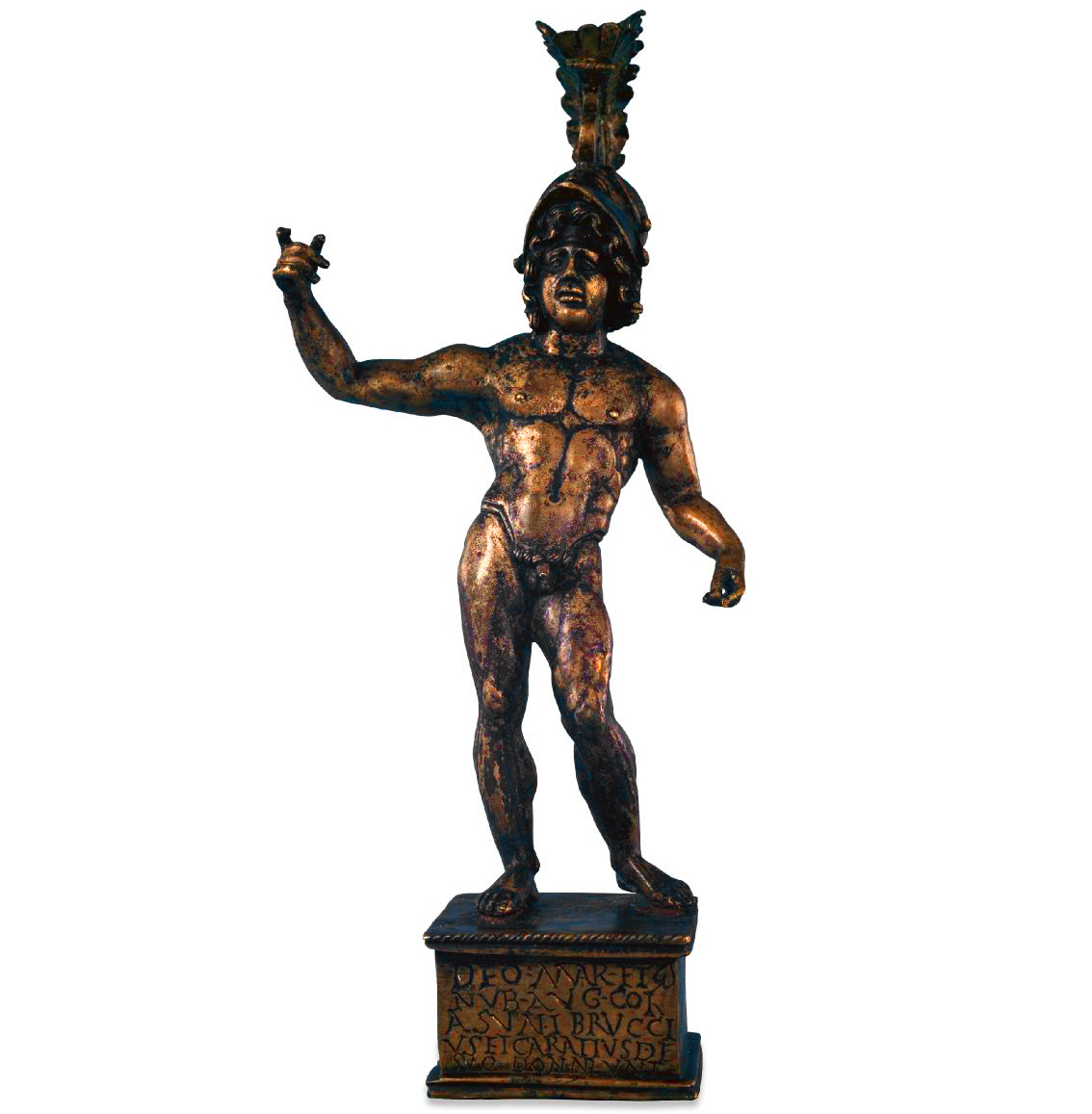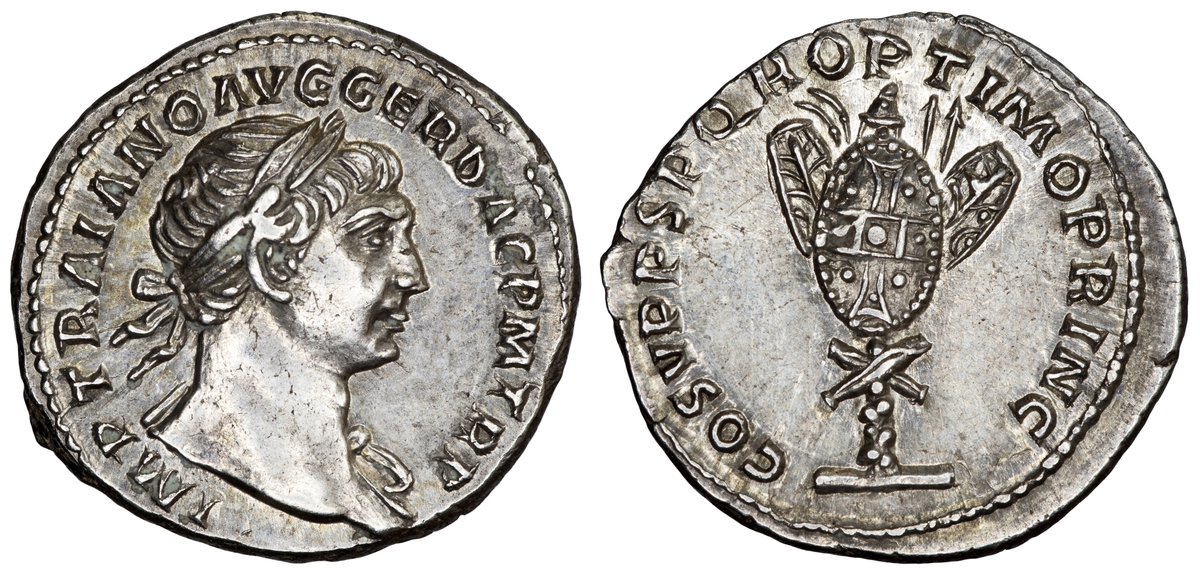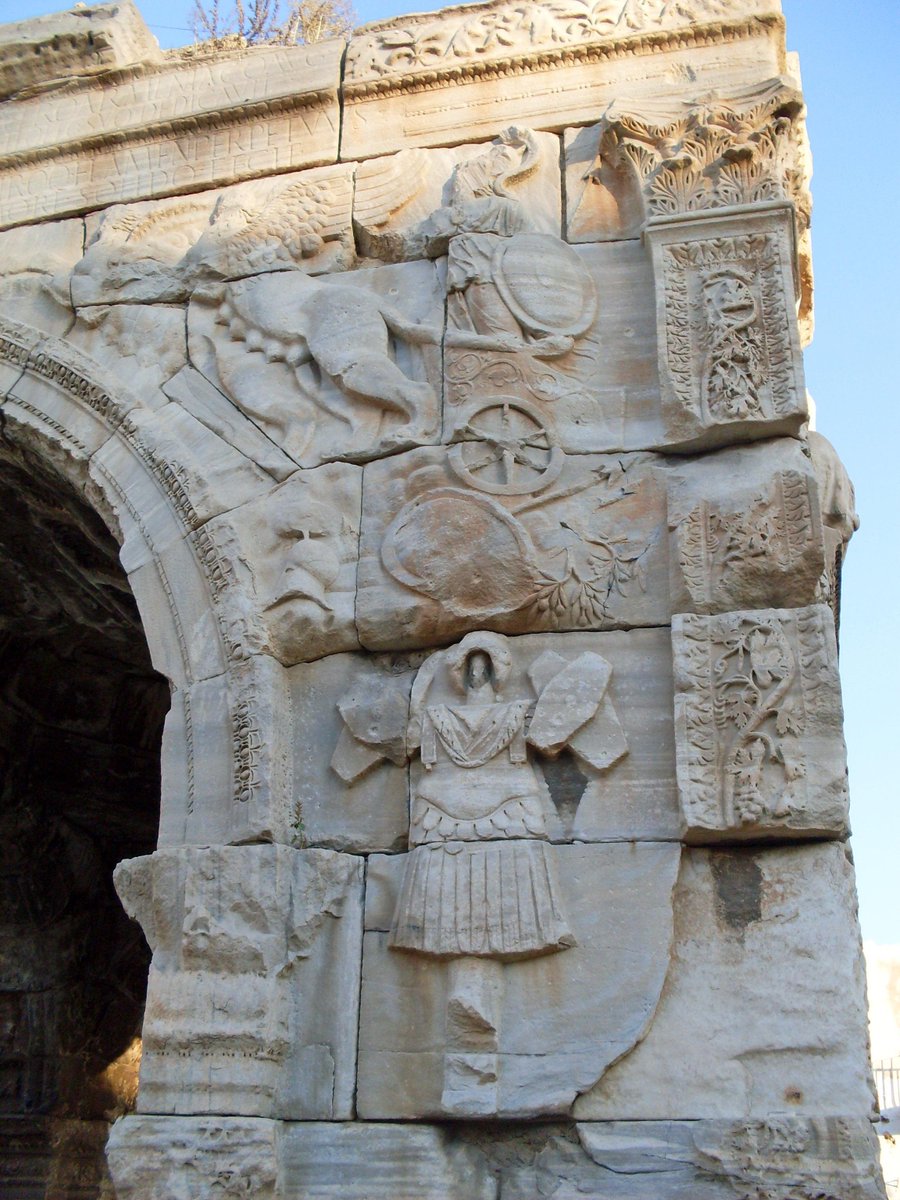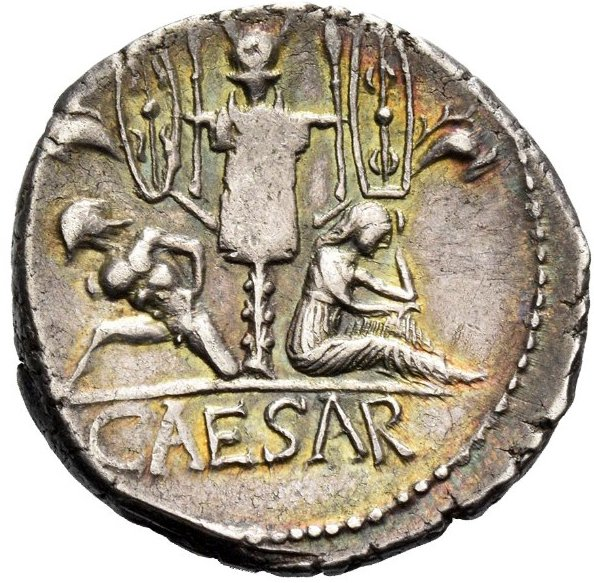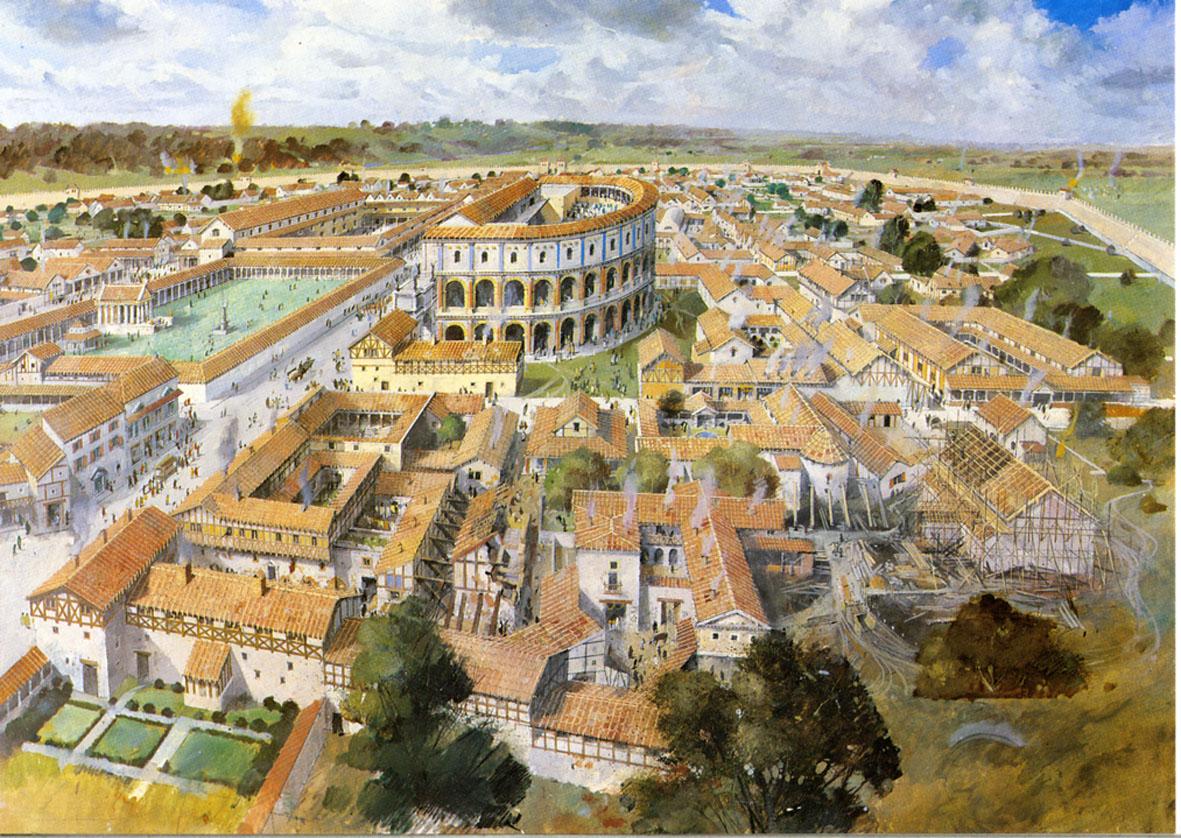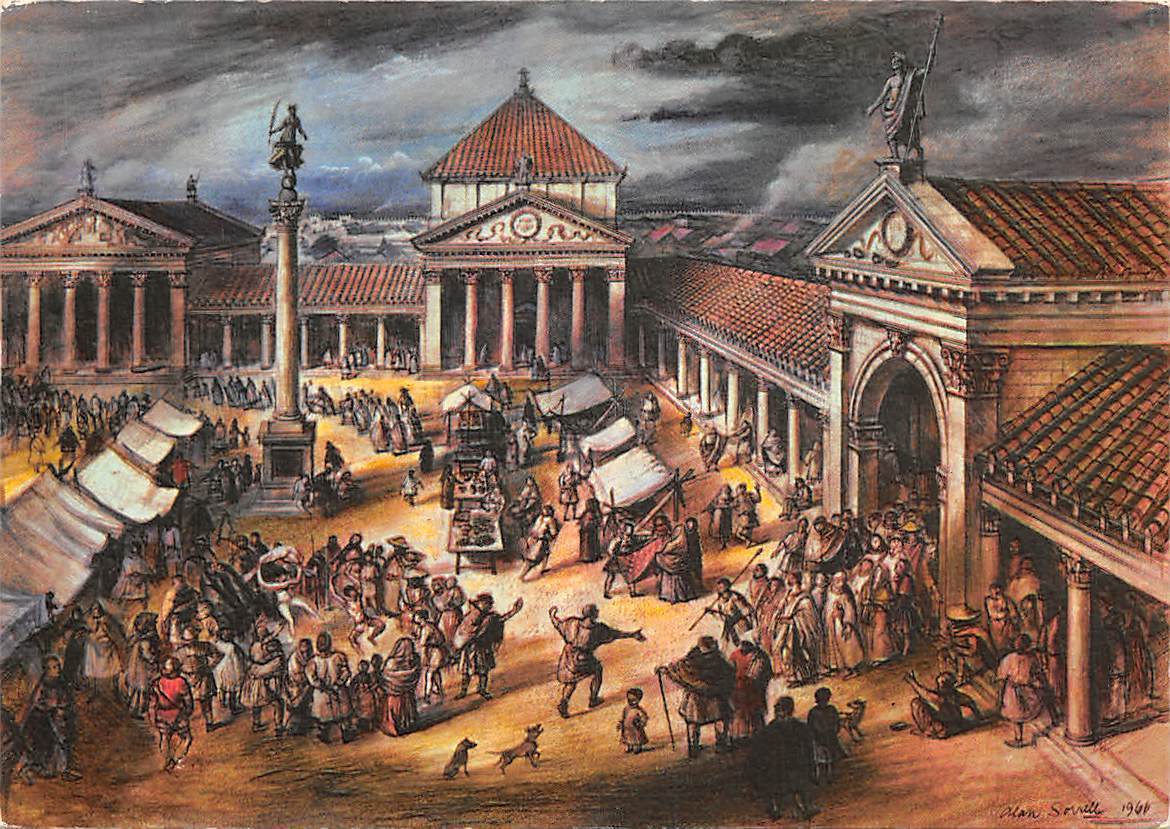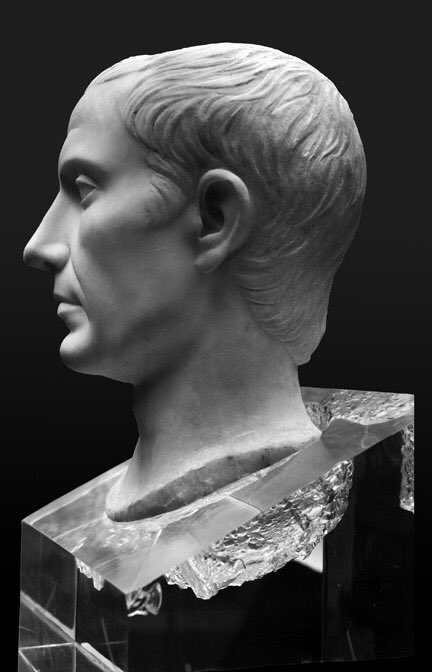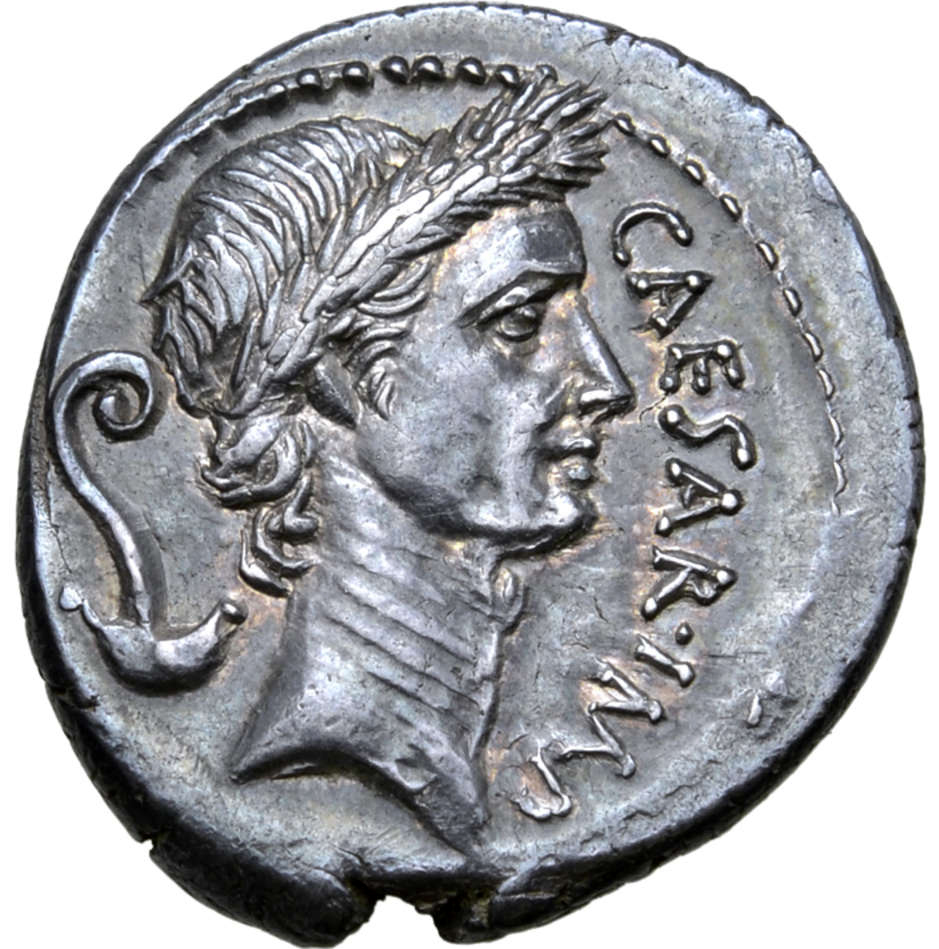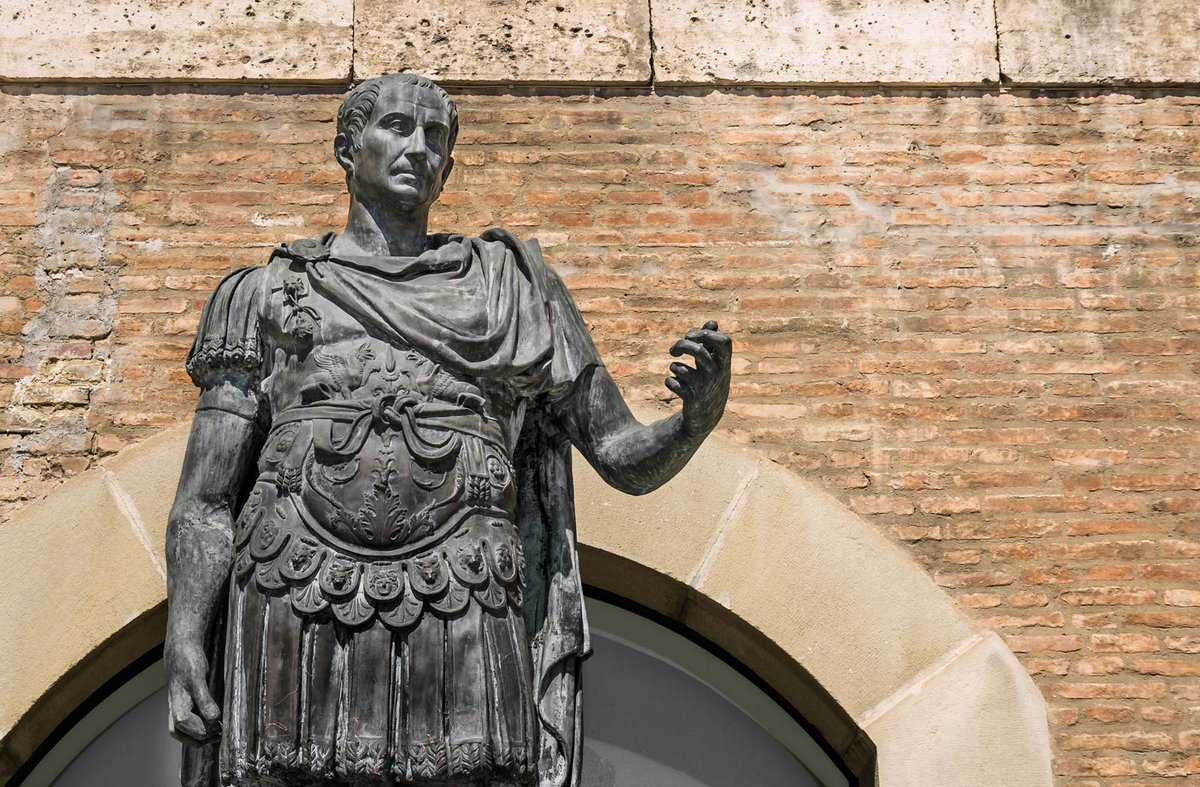
1) The tomb of Cossinia, who served as a Vestal Virgin in Rome for a remarkable 66 years during the 3rd century AD. Incredibly, the remains of Cossinia were discovered intact under the monument with a startling object placed alongside her... 

2) Resting against her cheek when she was buried was this beautifully formed, articulated ivory doll with miniature necklace, bracelets and anklets of gold. Whereas most Roman girls would dedicate their childhood dolls to goddesses like Diana and Venus when coming of age... 

3) Cossinia appears to have kept her doll throughout her life - its hairstyle similar to that of Julia Domna, Severan empress and dowager from 193-217 AD. It has been suggested Cossinia was buried with her childhood doll as a symbol of her lifelong Vestal chastity and innocence. 
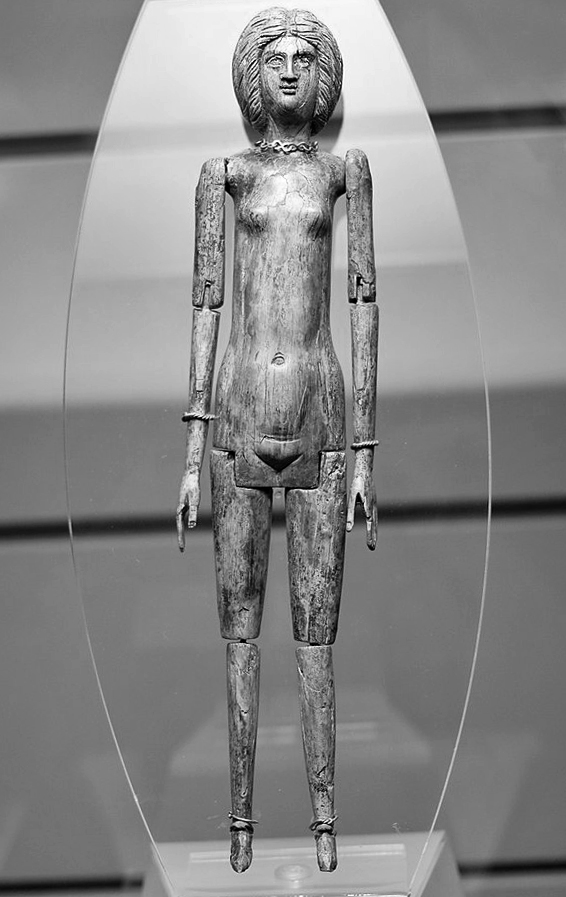
4) Vestal Virgins were the inviolable priestesses of Vesta, tending the sacred fire of the goddess in Rome. They were selected as young girls and usually swore a 30-year vow of service and chastity; Cossinia's 66 years of service suggests she chose to never leave the sisterhood. 

5) Cossinia's tomb was fortuitously discovered in 1929, in outstanding condition, after it was revealed by a small landslide after rainfall. The tomb sits on the bank of the Aniene River just a quarter of a mile from Tivoli's famous Temple of Vesta. 



6) Cossinia appears to have been a member of a prominent family from Tivoli (ancient Tibur); her tomb dedicated by a Lucius Cossinius Electus describes how she was a "dutiful servant of Vesta for 66 years" and was "carried to this resting place by the hands of citizens." 



7) While Cossinia's doll is displayed in Rome's Palazzo Massimo, her bones remain preserved within her tomb. The monument was recently restored and was rededicated, quite wonderfully, in a ceremony with modern "Vestal Virgins". Pictures from @kgoransson1 [END] 



• • •
Missing some Tweet in this thread? You can try to
force a refresh

